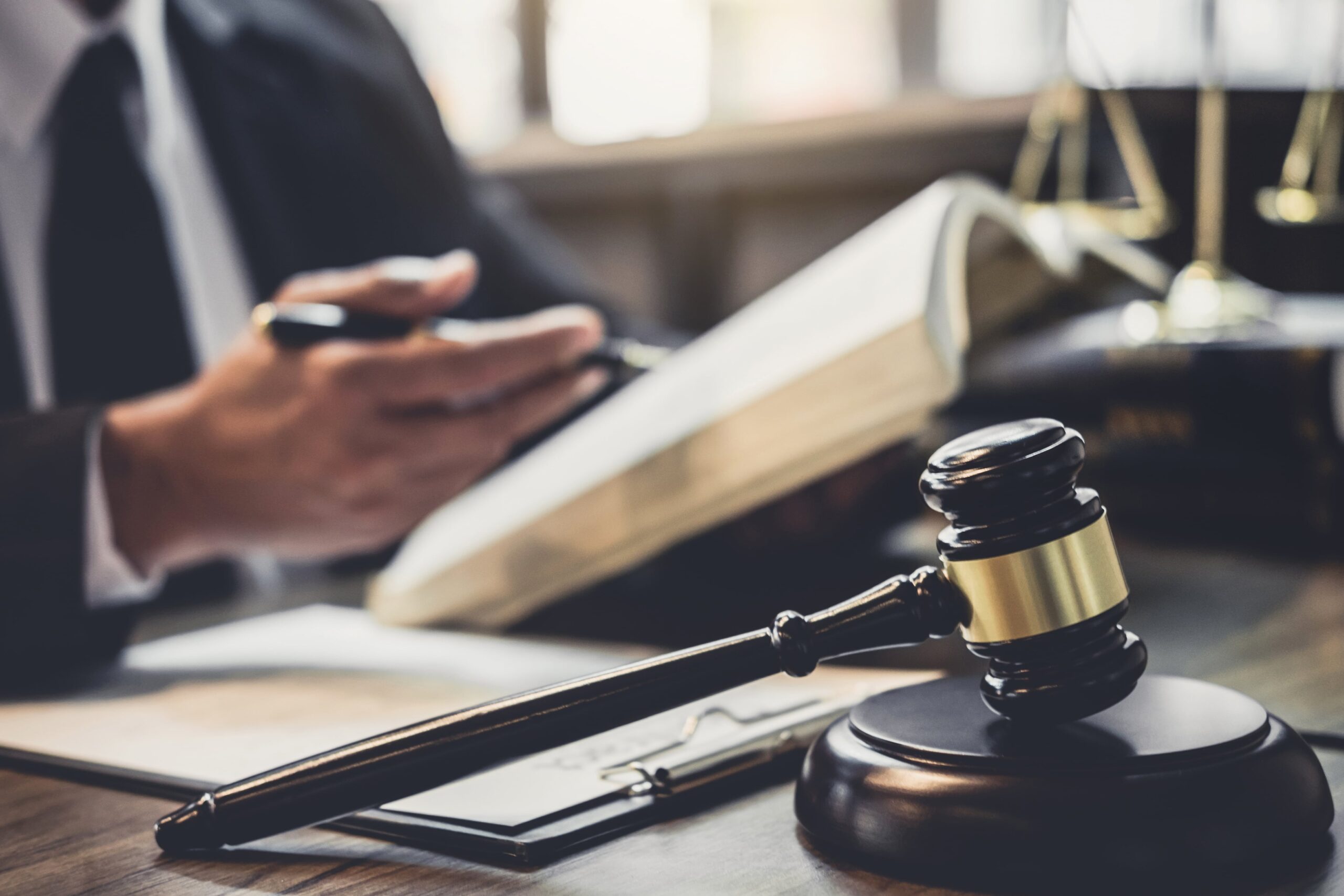Personal injury claims can be complex, and one of the key elements in any such case is determining liability. Liability refers to legal responsibility, and it's a crucial factor in establishing who should compensate the injured party.
What Is Liability?
Liability, in the context of personal injury claims, pertains to the legal responsibility of one party for the injuries and damages suffered by another party. To successfully pursue a personal injury claim, an Orlando, FL personal injury lawyer knows that it's essential to establish that someone else's negligence or wrongful actions were responsible for your injuries.
Proving Liability
Proving liability typically involves demonstrating the following key elements:
- Duty of Care: The responsible party owed you a duty of care. For example, in a car accident case, all drivers have a duty to operate their vehicles safely.
- Breach of Duty: The responsible party breached or violated that duty of care. In a car accident, this could involve a driver running a red light or speeding.
- Causation: The breach of duty directly caused your injuries. You must establish a clear link between the responsible party's actions and your harm.
- Damages: You suffered actual damages or injuries as a result of the breach of duty. These damages can include medical expenses, lost wages, pain and suffering, and more.
Types Of Liability
There are various types of liability that can apply in personal injury claims:
- Negligence: Negligence is the most common type of liability in personal injury cases. It refers to the failure to exercise reasonable care, leading to injury. For example, a property owner's failure to address a hazardous condition that causes a slip and fall can be considered negligence.
- Strict Liability: Strict liability applies when a party is held responsible for injuries regardless of whether they were negligent. This often applies in product liability cases, where a defective product causes harm.
- Intentional Torts: Intentional torts involve deliberate actions that cause harm. This can include assault, battery, and defamation. In such cases, the responsible party acted purposefully to cause harm.
- Premises Liability: Property owners or occupiers can be held liable for injuries that occur on their premises due to unsafe conditions. For example, a store owner may be liable if a customer is injured due to a slippery floor.
Shared Liability
In some cases, liability may be shared among multiple parties. This is known as comparative or contributory negligence, depending on the legal framework in your jurisdiction. In shared liability situations, the court assesses each party's degree of fault and assigns responsibility accordingly.
Get Legal Help
Liability is a fundamental concept in personal injury claims. To seek compensation for your injuries, you must establish that someone else's negligence or wrongful actions were responsible for your harm. If you've been injured due to someone else's actions, consult with an experienced personal injury attorney who can help you navigate the legal process and establish liability. Contact David Law Group, P.A. today for a consultation, and let us be your advocates in seeking the compensation you deserve.


